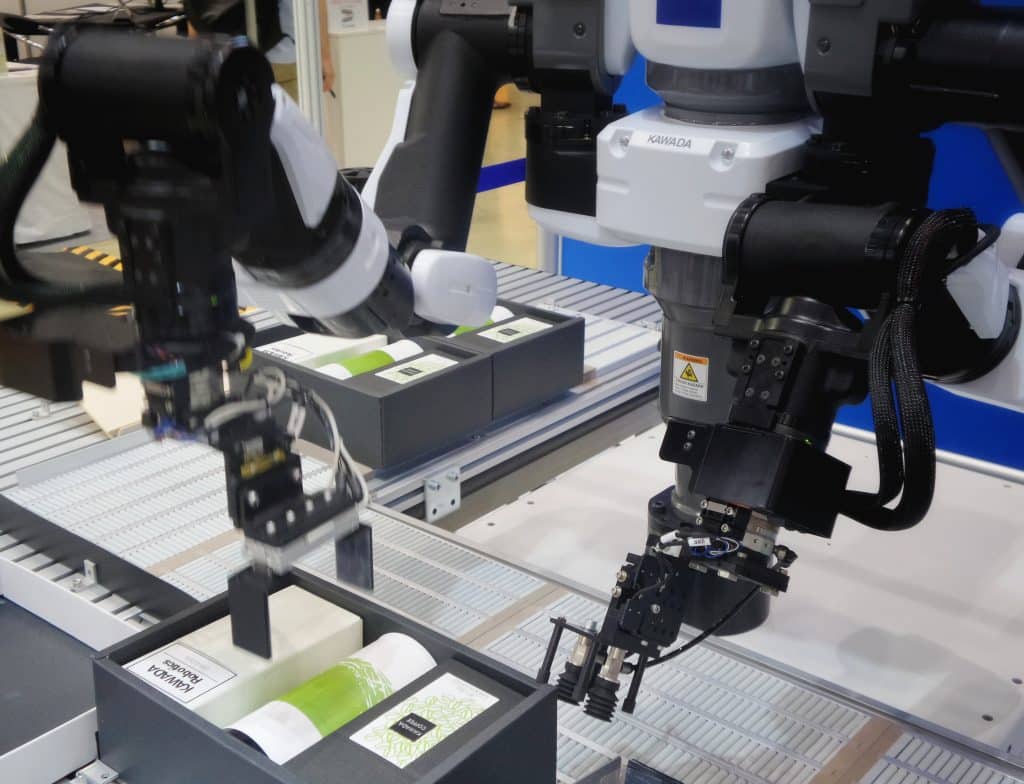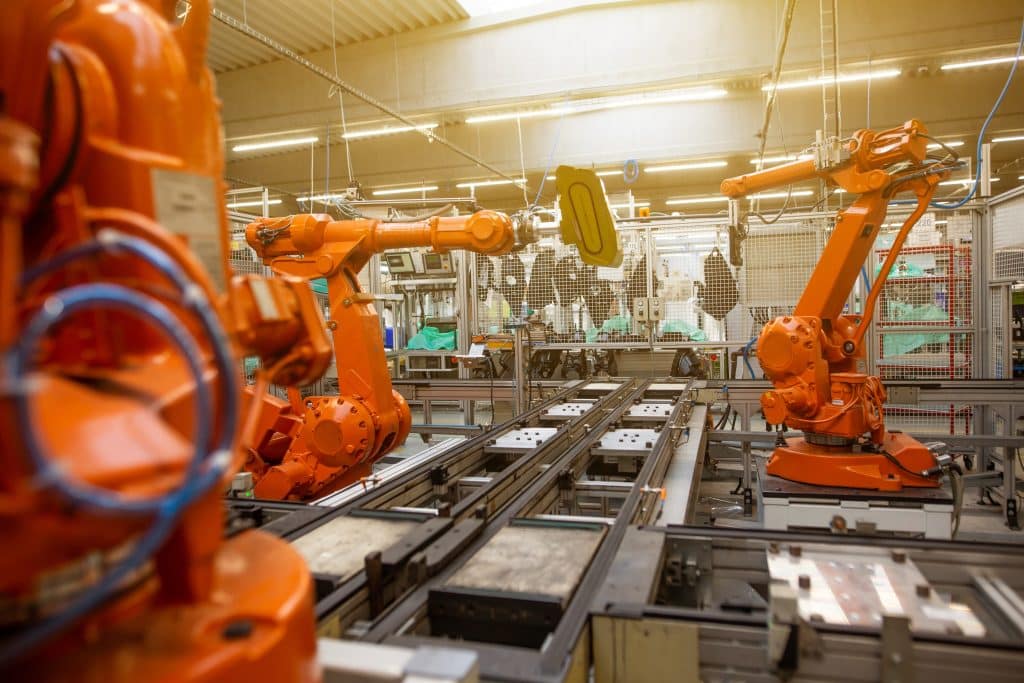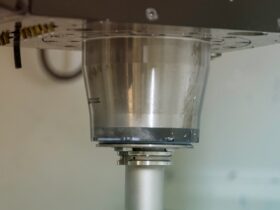When most people think of robots, they picture humanoid bots from movies and TV shows. But industrial robotics are a whole other breed of robot, designed for use in factories and other industrial settings. Over the past few years, this type of robot has increased. So why is this technology taking off?
What is an industrial robotic arm?
An industrial robotic arm is a piece of computer-controlled machinery often used in manufacturing and assembly operations. Industrial robotic arms perform various tasks, including welding, fabricating, painting, and measuring.
In many cases, industrial robotic arms can work faster and more accurately than human workers. As a result, they are often used in applications where speed and precision are critical, such as in the automotive industry.
Industrial robotic arms can also be equipped with various attachments, such as grippers or welding torches, to enable them to perform even more complex tasks.

How has the industrial robotic arm evolved?
The industrial robotic arm has evolved significantly since its introduction in the 1960s. Early models were large and cumbersome, making them impractical for many settings. However, technological advances have led to the development of smaller, more agile robotic arms that are well-suited for various tasks.
The advent of artificial intelligence has allowed these robots to become increasingly autonomous, requiring less human input to complete their tasks. As a result, industrial robotic arms are becoming increasingly popular in manufacturing and other industries.
Thanks to their versatility and efficiency, they are poised to play an even more significant role in the years to come.
What benefits does this technology offer businesses and factories?
The benefits of this technology are many and varied, but perhaps the most important is that it can help businesses and factories to operate more efficiently. Automating tasks and processes can free employees to focus on other tasks or even take on more responsibilities.
It can help improve quality control and reduce the chance of human error. Moreover, this technology can also help businesses to save money by reducing the need for manual labor.
It can also help businesses to be more sustainable, as it can reduce waste and energy consumption. To make the most of this technology, businesses should ensure that they have a clear understanding of its capabilities and potential applications. They should also ensure that they have a team to manage and maintain the system.
Are there any potential drawbacks to using industrial robotic arms?
Industrial robots have been used in various settings, from automotive assembly lines to warehouses. They offer many advantages over human workers, including increased efficiency and accuracy. However, there are also some potential drawbacks to using industrial robotic arms.
One concern is that they may result in job losses, as industrial robots can often perform tasks more quickly and cheaply than human workers. On the other hand, there is a risk that robots could malfunction and cause injuries or damage to property. It is essential to ensure that industrial robots are appropriately maintained and supervised to mitigate these risks.
Companies should consider investing in training for workers whom robots may displace to help them find new employment. With the proper precautions, industrial robots can provide significant benefits without posing undue risks.
How will the increasing popularity of industrial robotic arms impact the workforce?
As industrial robotic arms become increasingly popular, their impact on the workforce will become more evident. There are several potential implications of this trend, both positive and negative.

On the one hand, robotic arms can boost productivity by performing tasks more efficiently than human workers. This could lead to increased output and profits for businesses. Additionally, robotic arms can help improve safety in workplaces with a risk of injuries, such as factories or warehouses.
On the other hand, the increasing use of robotic arms could result in job losses for human workers. As businesses seek to increase efficiency and reduce costs, they may opt to replace human workers with machines. This could lead to widespread unemployment, which would devastate individuals and families across the country.
Only time will tell how the increasing popularity of industrial robotic arms will ultimately impact the workforce.
The bottom line
Robots are becoming increasingly popular in many industries thanks to their versatility and precision. The industrial robotic arm is one type of robot that is quickly gaining traction due to its ability to handle a variety of tasks with ease.
There has been an increase in demand for these arms from clients, and we believe that this trend will continue as businesses recognize the benefits that robotics can offer.














Leave a Reply